History of
the UN Sustainable Development Goals
History of
the UN Sustainable Development Goals
Present image of the UNDP
"The
United Nations Development
Programme (UNDP) is
the United Nations' global development network. It promotes technical
and investment cooperation among nations and advocates for change and
connects countries to knowledge, experience and resources to help
people build a better life for themselves. The UNDP provides expert advice, training
and grants support to developing countries, with increasing emphasis on
assistance to the least developed countries. UNDP works with
nations on their own solutions to global and national development
challenges. As they develop local capacity, they draw on the people of
UNDP and its wide range of partners. However UNDP offers to help only
if the different nations request it to do so.[3]
The UNDP is funded entirely by voluntary contributions from UN member
states. The organization operates in
177 countries, where it works with local governments to meet
development challenges and develop local capacity. It works
internationally to help countries achieve the Sustainable Development
Goals (SDGs). UNDP was one of the main UN agencies involved in the
development of the Post-2015
Development Agenda. To accomplish the SDGs and encourage global
development, UNDP focuses on poverty reduction, HIV/AIDS, democratic
governance, energy and environment, social development, and crisis
prevention and recovery. The UNDP Human Development Report Office also
publishes an annual Human Development Report (since 1990) to measure
and analyse developmental progress. In addition to a global Report,
UNDP publishes regional, national, and local Human Development
Reports.[4] Headquartered in New York City, the status of UNDP is that
of an executive board within the United Nations General Assembly. The
UNDP Administrator is the third highest-ranking official of the United
Nations after the United Nations Secretary-General and Deputy
Secretary-General.[5]" - Wiki, UNDP.
History
of the UNDP,
1965 - present days
Present days, Introduction to
2016-2030 by UN Archive.
"The
Post-2015 Development Agenda was a process from 2012 to 2015 led by
the United Nations to define the future global development framework
that would succeed the Millennium Development Goals. The new framework,
starting from 2016 is called Sustainable Development Goals./ The
current UN development agenda is centred on the Millennium Development
Goals (MDGs)[2] that were officially established following the
Millennium Summit of the UN in 2000. The MDGs encapsulate eight
globally agreed goals in the areas of poverty alleviation, education,
gender equality and empowerment of women, child and maternal health,
environmental sustainability, reducing HIV/AIDS and communicable
diseases, and building a global partnership for development. The MDG's
overall target date is 2015.[3]/ At the 2010 High Level Plenary Meeting
of the UN General Assembly to review progress towards the MDGs,
governments called for accelerating progress and for thinking on ways
to advance the development agenda beyond 2015.[4] After the 2010 High
Level Plenary Meeting, the UN Secretary-General Ban Ki-moon has taken
several initiatives. He has established a UN System Task Team, launched
a High Level Panel of Eminent Persons and appointed Amina J. Mohammed
as his own Special Advisor on Post-2015 Development Planning.[5] These
processes are complemented by a set of eleven global thematic
consultations and national consultations in 88 countries][6]
facilitated by the United Nations Development Group (UNDG)."- The
Post-2015 Development Agenda.
"The Millennium Development Goals (MDGs) were eight international development goals for the year 2015 that had been established following the Millennium Summit of the United Nations in 2000, following the adoption of the United Nations Millennium Declaration. The Sustainable Development Goals (SDGs) succeeded the MDGs in 2016. All 191 United Nations member states, and at least 22 international organizations, committed to help achieve the following Millennium Development Goals by 2015: To eradicate extreme poverty and hunger To achieve universal primary education To promote gender equality and empower women To reduce child mortality To improve maternal health To combat HIV/AIDS, malaria, and other diseases To ensure environmental sustainability[1] To develop a global partnership for development[2] The Millennium Development Goals are a UN initiative. Each goal had specific targets, and dates for achieving those targets. The 8 goals were measured by 21 targets. To accelerate progress, the G8 finance ministers agreed in June 2005 to provide enough funds to the World Bank, the International Monetary Fund (IMF) and the African Development Bank (AfDB) to cancel $40 to $55 billion in debt owed by members of the heavily indebted poor countries (HIPC) to allow them to redirect resources to programs for improving health and education and for alleviating poverty."- Millennium Development Goals (MDGs).
Introduction, 2000-2015, Millennium Development Goals (MDGs). by UN Archive.
Millennium Development Goals (MDGs)
On 8 September 2000, following a three-day Millennium Summit of world leaders gathered in New York at the headquarters of the United Nations, the UN General Assembly adopted some 60 goals regarding peace; development; environment; human rights; the vulnerable, hungry, and poor; Africa; and the United Nations which is called Millennium Declaration (Resolution 55/2).[1] A follow-up outcome of the resolution was passed by the General Assembly on 14 December 2000 to guide its implementation. Progress on implementation of the Declaration was reviewed at the 2005 World Summit of leaders.[2][3] The Declaration includes 8 chapters and 32 paragraphs.
++++
"The MDGs were developed out of
several commitments set forth in the Millennium Declaration, signed in
September 2000. There
are eight goals with 21 targets,[6] and a series of measurable
health indicators and economic indicators for each target.[7][8]"
Precursors of the Millennium Development Goals (MDGs).
"The Brahimi Report provided the basis of the goals in the area of peace and security[Report of the Panel on United Nations Peacekeeping]. The Millennium Summit Declaration was, however, only part of the origins of the MDGs. More ideas came from Adam Figueroa, Organisation for Economic Co-operation and Development (OECD), the World Bank and the International Monetary Fund. A series of UN‑led conferences in the 1990s focused on issues such as children, nutrition, human rights and women. The OECD criticized major donors for reducing their levels of Official Development Assistance (ODA). UN Secretary-General Kofi Annan signed a report titled, We the Peoples: The Role of the United Nations in the 21st Century. The OECD had formed its International Development Goals (IDGs) and the two efforts were combined for the World Bank's 2001 meeting to form the MDGs.[4]"
Lakhdar Brahimi,
1934- :"is an Algerian United Nations diplomat who served as the United
Nations and Arab League Special Envoy to Syria until 14 May 2014.[1] He
was Minister of Foreign Affairs of Algeria from 1991 to 1993.
He is also a member of The Elders, a group of world leaders working for
global peace.[2] Brahimi is a member of the Commission on Legal
Empowerment of the Poor, the first global initiative to focus
specifically on the link between exclusion, poverty and law. He has
also been a Member of the Global Leadership Foundation since 2008, an
organization which works to promote good governance around the world.
He is currently a distinguished senior fellow at the Centre for the
Study of Global Governance at the London School of Economics and
Political Science, and a governing board member of the Stockholm
International Peace Research Institute.[3] He relinquished his post as
UN Special Envoy to Syria on 31 May 2014.[4]"
Human Development Reports 1990-2020, by the UNDP.
Human Development Report, Introduction, 1991-1999, by the UNDP.
Human
Development Report 1990, by the UNDP. (In 1990, the UN
Development Programme launched the first Human Development Report.)
3rd development
decade, Introduction, 1981-1990, by UN Archive.
2nd development decade, Introduction, 1971-1980, by UN Archive
1st development decade, Introduction, 1960-1970, by UN Archive
"The UNDP was founded on 22 November 1965 with the merging of the Expanded Programme of Technical Assistance (EPTA) and the Special Fund.[6] The rationale was to "avoid duplication of [their] activities". The EPTA was set up in 1949 to help the economic and political aspects of underdeveloped countries while the Special Fund was to enlarge the scope of UN technical assistance. The Special Fund arose from the idea of a Special United Nations Fund for Economic Development (SUNFED) (which was initially called the United Nations Fund for Economic Development (UNFED).[7] Countries such as the Nordic countries were proponents of such a United Nations (UN) controlled fund. However, the fund was opposed by developed countries, especially by the United States who was wary of the Third World dominating such a funding and preferred it to be under the auspices of the World Bank. The concept of SUNFED was dropped to form the Special Fund. This Special Fund was a compromise over the SUNFED concept, it did not provide investment capital, but only helped to bring pre-conditions for private investment. With the US proposing and creating the International Development Association within the World Bank's umbrella, the EPTA and the Special Fund appeared to be conducting similar work. In 1962, the United Nations Economic and Social Council asked the Secretary General to consider the merits and disadvantages of merging UN technical assistance programs and in 1966, the EPTA and the Special Fund merged to form the UNDP.[8][9][10]"
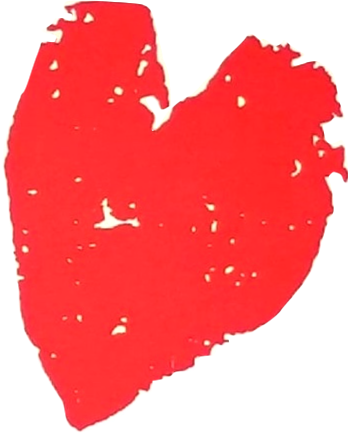
 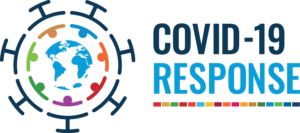 |
 |
 |
 |
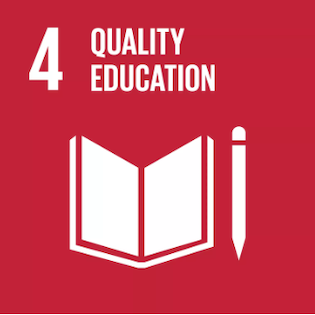 |
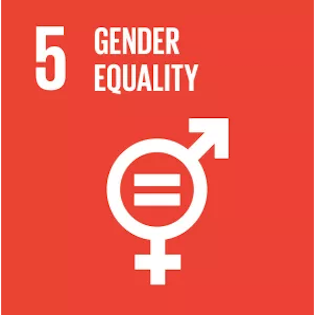 |
 |
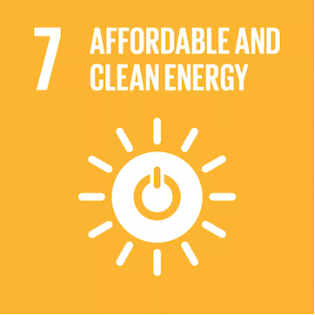 |
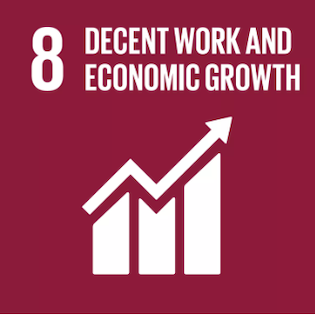 |
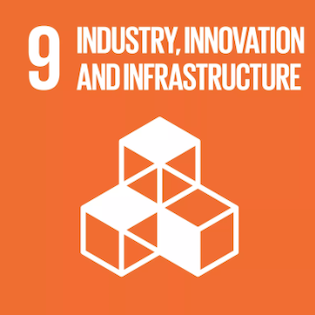 |
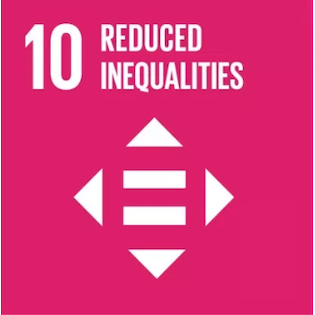 |
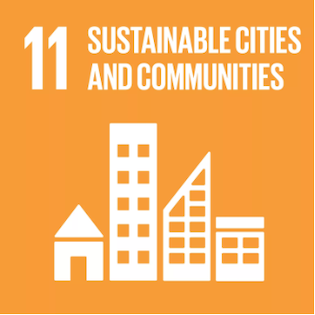 |
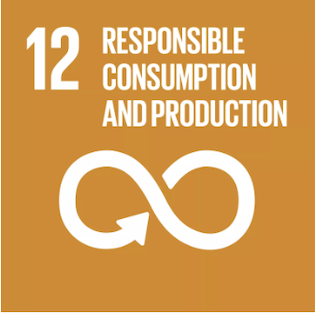 |
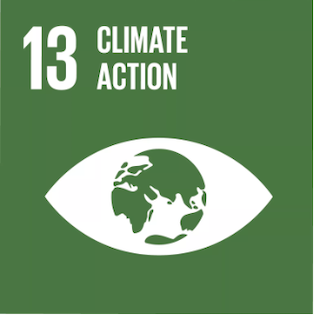 |
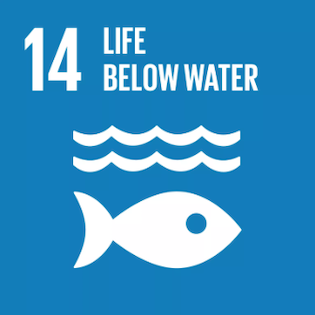 |
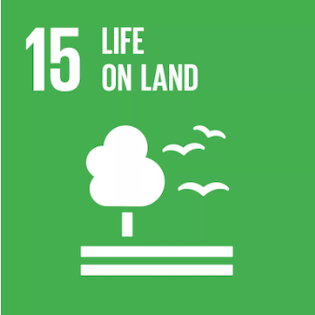 |
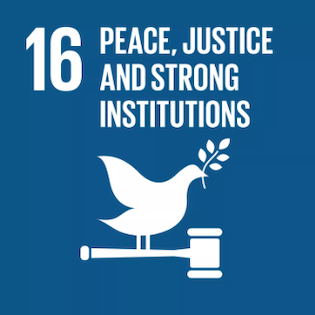 |
 |
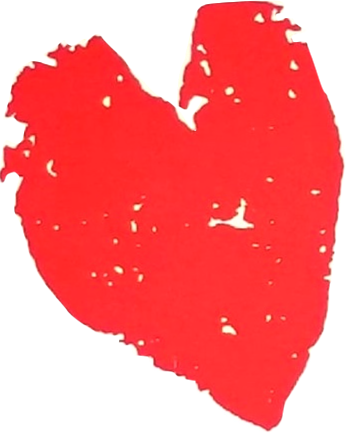
Links
Bibliography
other informations
Copyleft, CC, Mitzub'ixi Quq Chi'j, 1996-2099
For all undergraduate students!!!, you do not paste but [re]think my
message.

Remind Wittgenstein's phrase, "I
should not like my writing to spare
other people the trouble of thinking. But, if possible, to stimulate
someone to thoughts of his own," - Ludwig Wittgenstein